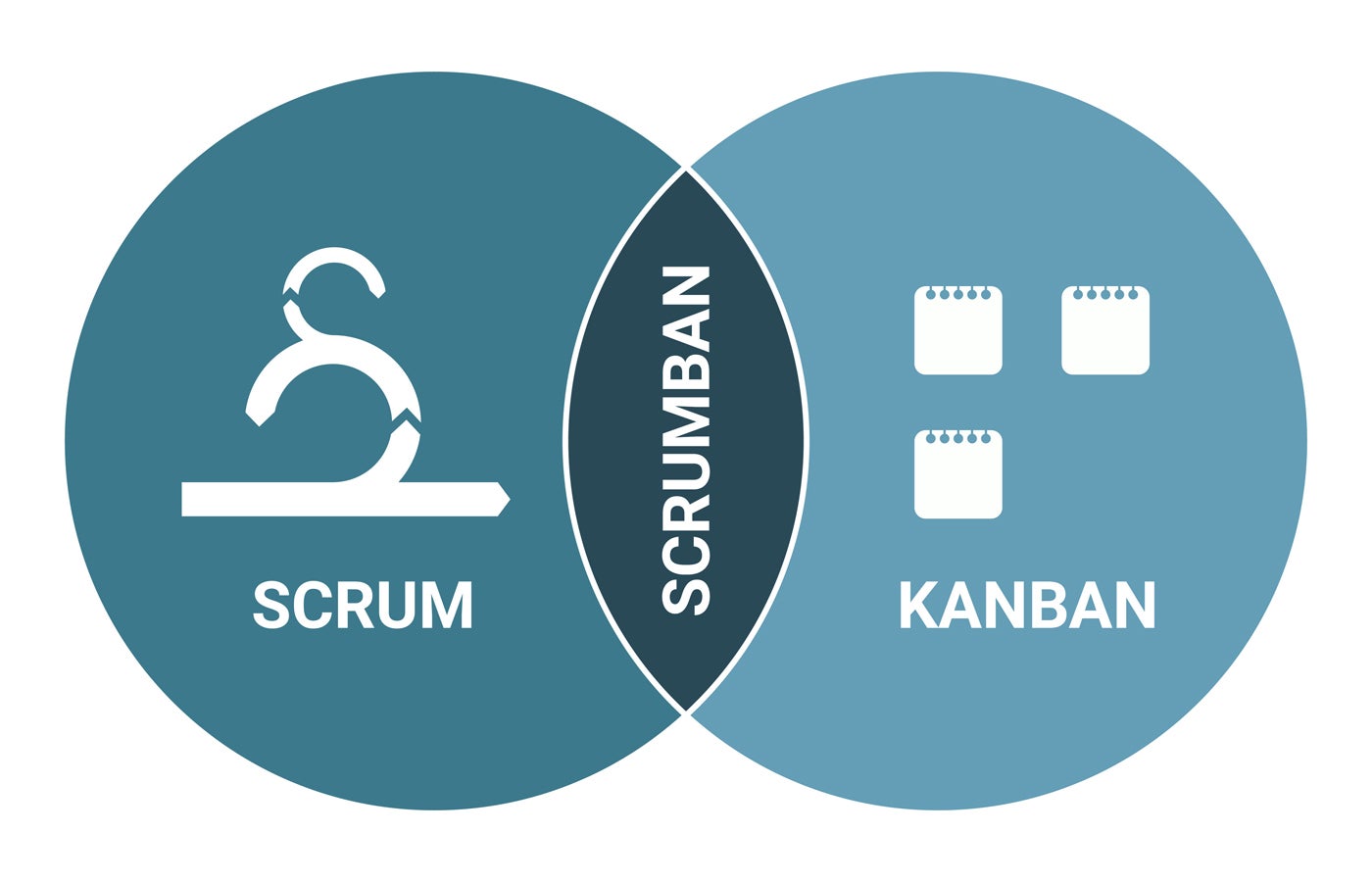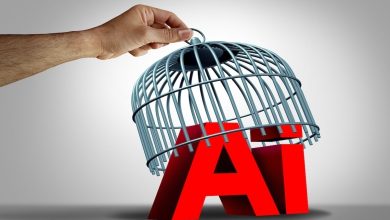
An evolution of the Scrum and Agile methodologies was born in the quest to assist teams in moving between Kanban and Scrum and vice versa. In the same vein as the coining of words like brunch for breakfast and lunch and malware for malicious and software, we got Scrumban. As it’s a blend of Scrum and Kanban, it’s meant to deliver more flexible and efficient workflows. Let’s discuss how it works, how it compares to Scrum and Kanban, and when to use this hybrid approach.
1
monday.com
2
Wrike
Employees per Company Size
Micro (0-49), Small (50-249), Medium (250-999), Large (1,000-4,999), Enterprise (5,000+)
Medium (250-999 Employees), Large (1,000-4,999 Employees), Enterprise (5,000+ Employees)
Medium, Large, Enterprise
Features
Agile Development, Analytics / Reports, API, and more
3
BigTime
Employees per Company Size
Micro (0-49), Small (50-249), Medium (250-999), Large (1,000-4,999), Enterprise (5,000+)
Any Company Size
Any Company Size
Features
Analytics / Reports, API, Billing / Invoicing, and more
What is Scrumban?
Scrumban is simply a combination of Scrum and Kanban. Scrum shines for its structured and iterative framework, while Kanban is best represented by its visual workflows and focus on continuous improvement. Scrumban is a hybrid project management methodology born out of a combination of these standout Scrum and Kanban principles. This gives Scrumban users enhanced flexibility and optimized workflows and enables them to adapt quickly to changes.
How does Scrumban work?
Scrumban leverages Scrum features such as daily stand-ups and retrospectives to ensure regular progress assessment and team alignment. It simultaneously uses Kanban’s visual task management and work-in-progress limits — a set number of cards on a board to prevent overworking — to optimize workflow and maintain steady productivity. Teams use visual boards to track tasks through various project stages.
Instead of fixed-length sprints, Scrumban uses on-demand planning, where new tasks are scheduled based on current needs and workload. The outcome is a more responsive and adaptable planning process. Additionally, it incorporates bucket-size planning, which involves managing long-term goals and breaking down larger objectives into smaller, manageable tasks that can be prioritized dynamically.
This approach also dilutes the importance of deadlines, as on-demand planning and using bucket-sized goals mean sprint tasks can come and go based on long-term goals, with stages of review and reiteration in between. With this hybrid approach, you get a balanced, flexible framework that suits various project environments and promotes continuous improvement and adaptability.
Scrum vs Kanban vs Scrumban
To better understand the differences and similarities between Scrum, Kanban and Scrumban, let’s start with a comparative table summarizing their key aspects:
| Sprints, roles (scrum master, product owner), ceremonies (daily standups, sprint planning, retrospectives) | Iterative development and incremental delivery | Complex projects with evolving requirements | |
| No specific roles or time-boxed iterations, visualized workflows, limits on work in progress | Continuous delivery and efficiency | Projects requiring constant workflow and flexibility | |
| Combines Scrum and Kanban, visual boards, work-in-progress limits, iterative planning | Hybrid approach to balance planning and flow | Teams needing flexibility and structure, often transitioning from Scrum to Kanban |
Scrum
Scrum is a well-defined framework that promotes structured roles and time-boxed iterations called sprints. The Scrum Master expedites the process, the Product Owner manages the project backlog and the Development Team works on the sprint goals. Scrum ceremonies, including daily standups, sprint planning, reviews and retrospectives, ensure continuous improvement and alignment. Scrum is best for projects with evolving requirements, providing a clear structure for iterative development and incremental delivery.
Kanban
Kanban emphasizes visualizing the entire workflow and placing limits on work in progress to improve project efficiency. There are no fixed roles or time-boxed iterations; instead, you have tasks pulled from a backlog as capacity allows. This continuous delivery model helps teams maintain a steady workflow and quickly adapt to changes. Kanban software is particularly useful for projects needing constant workflow and flexibility, such as maintenance and support tasks.
Scrumban
As previously mentioned, Scrumban merges Scrum’s structured planning with Kanban’s visual workflow management. It enables teams to balance planning and flow, making it ideal for projects with fluctuating requirements. Scrumban is especially beneficial for teams transitioning from Scrum to Kanban and vice versa, as it offers the flexibility to adapt to changing priorities while maintaining structured progress tracking.
Benefits and drawbacks of Scrumban
As a merging of two Agile methodologies, Scrumban introduces a variety of benefits and limitations to project management.
Benefits of Scrumban
- No team hierarchy: Since there’s no hierarchy, there’s no clear leader of a group and each team member has equal opportunity to make decisions.
- Flexibility: Scrumban is suitable for projects with changing priorities, as it allows teams to adjust workflows dynamically.
- Enhanced visualization: With Scrumban, users get more effective visual boards to better track progress, identify bottlenecks and improve transparency and accountability.
- Continuous improvement: Scrumban encourages regular assessment and refinement of processes, increasing efficiency.
- Lower planning overhead: It eliminates the need for fixed-length sprints and minimizes the planning overhead associated with Scrum.
Drawbacks of Scrumban
- No team hierarchy: The absence of team hierarchy is both a benefit and a disadvantage. Depending on the use case, lacking a clear leader and having a self-managed team can introduce performance bottlenecks for your team.
- Learning curve: If your team is unfamiliar with Scrum or Kanban, they may require training to implement Scrumban effectively.
- Complexity: Combining elements from both methodologies can introduce complexity in managing processes.
- Resource-intensive: Continuous monitoring and improvement can be resource-intensive.
- Potential for overmodification: Teams run the risk of overmodifying the framework and ultimately losing the benefits of structured processes.
Project management tools that support Scrumban
Jira
Jira by Atlassian is a robust project management software solution that supports both Scrum and Kanban frameworks, making it perfect for implementing Scrumban. It offers features such as customizable workflows, advanced reporting tools and detailed issue tracking, equipping teams with the right tools to visualize their work and manage tasks through sprints with work-in-progress limits.
Jira has pricing tiers that range from a free plan that covers 10 users to enterprise-level plans and an entry-level premium plan that starts at $8.15 per user per month.
ClickUp
ClickUp is a versatile project management platform suited for small to medium-sized businesses. It supports Scrumban with its visual task boards, goal tracking and detailed task dependencies, allowing teams to manage workflows flexibly. ClickUp’s extensive integration capabilities with various third-party applications enhance its utility for streamlining project management processes.
Pricing options include a free tier and paid plans starting at $7 per user per month.
Miro
Miro is known for its interactive online whiteboards that facilitate visual project management and qualify it for implementing Scrumban. It allows collaborative teams across various business sizes to create customizable boards to visualize workflows, set WIP limits and collaborate in real time.
Miro’s flexibility and ease of use are complemented by pricing tiers that start with a free option and extend to premium plans that are priced at $8 per member per month.
When to use Scrumban
Scrumban is great for organizations looking for a balanced approach to project management that combines the strengths of Scrum and Kanban. If your team needs a method that adapts to changing priorities and enhances collaboration, Scrumban is the ideal solution.
Consider Scrumban when you find yourself dealing with any of the following scenarios:
- Transitioning between methodologies: Since Scrumban was initially designed to help teams transition from Scrum to Kanban, you can gradually adopt Kanban practices while maintaining familiar Scrum elements for a smooth transition without abrupt changes.
- You have long-term projects with changing requirements: Scrumban’s combination of iterative planning and continuous flow supports long-term planning while accommodating small changes over large increments of time.
- Continuous flow projects: If you have projects with a continuous workflow and no definitive deadlines, unlike Scrum, which resets its board after each sprint, Scrumban is a good fit, as it maintains a continuous flow of tasks.
- Teams seeking more flexibility than Scrum: If you find Scrum too rigid but still need some structure, you can consider Scrumban for its more flexible planning and execution compared to strict Scrum frameworks.
- When on-demand planning is preferred: Scrumban supports on-demand planning rather than fixed sprint planning, which benefits teams that need to adapt quickly to evolving priorities and demands.
- Teams looking to reduce meeting overhead: Scrumban requires fewer formal meetings than Scrum, which is a good thing if you find Scrum’s meeting schedule too demanding. Plus, fewer meetings can help maintain focus on productive work while still allowing for necessary communication and alignment.
For further exploration of Kanban and Scrum, see our top open-source Kanban boards and explore the best Scrum certifications of 2024.







